PROTECT YOUR DNA WITH QUANTUM TECHNOLOGY
Orgo-Life the new way to the future Advertising by AdpathwayClumping native grasses can grow tall, overshadowing areas of the garden and taking up a lot of space. For a native selection that doesn’t shade or crowd out other plants, look for sideoats grama grass!
This grass stays under three feet, and offers the same ecological value as other native grasses.
As a warm-season grass, sideoats can handle heat and dryness like a champ. It’s often employed in restoration efforts and in landscapes where soil tends to erode. It tolerates rocky and stony soils, but thrives in rangelands too.
If you’re looking to add grasses to your prairie or North American native garden, sideoats grama is a great choice. Here’s how to grow your own!
Sideoats Grama Overview

|
Plant Type Perennial grass Family Poaceae Genus Bouteloua Species curtipendula |
Native Area Canada to Argentina Exposure Full sun Height 1.5-3’ Watering Requirements Low to Medium |
Pests & Diseases Root rot, rust, grasshoppers Maintenance Low Soil Type Rock, clay, limestone Hardiness Zone 4-9 |
What Is It?
Sideoats grama grass is a North American native with a wide range. It’s often found in glades, prairies, and dry sites. It’s typically planted in natural areas and ranchland, but has its place in a more cultivated prairie garden too.
The decorative inflorescences are perfect for adding interest to any garden that isn’t boggy.
Characteristics
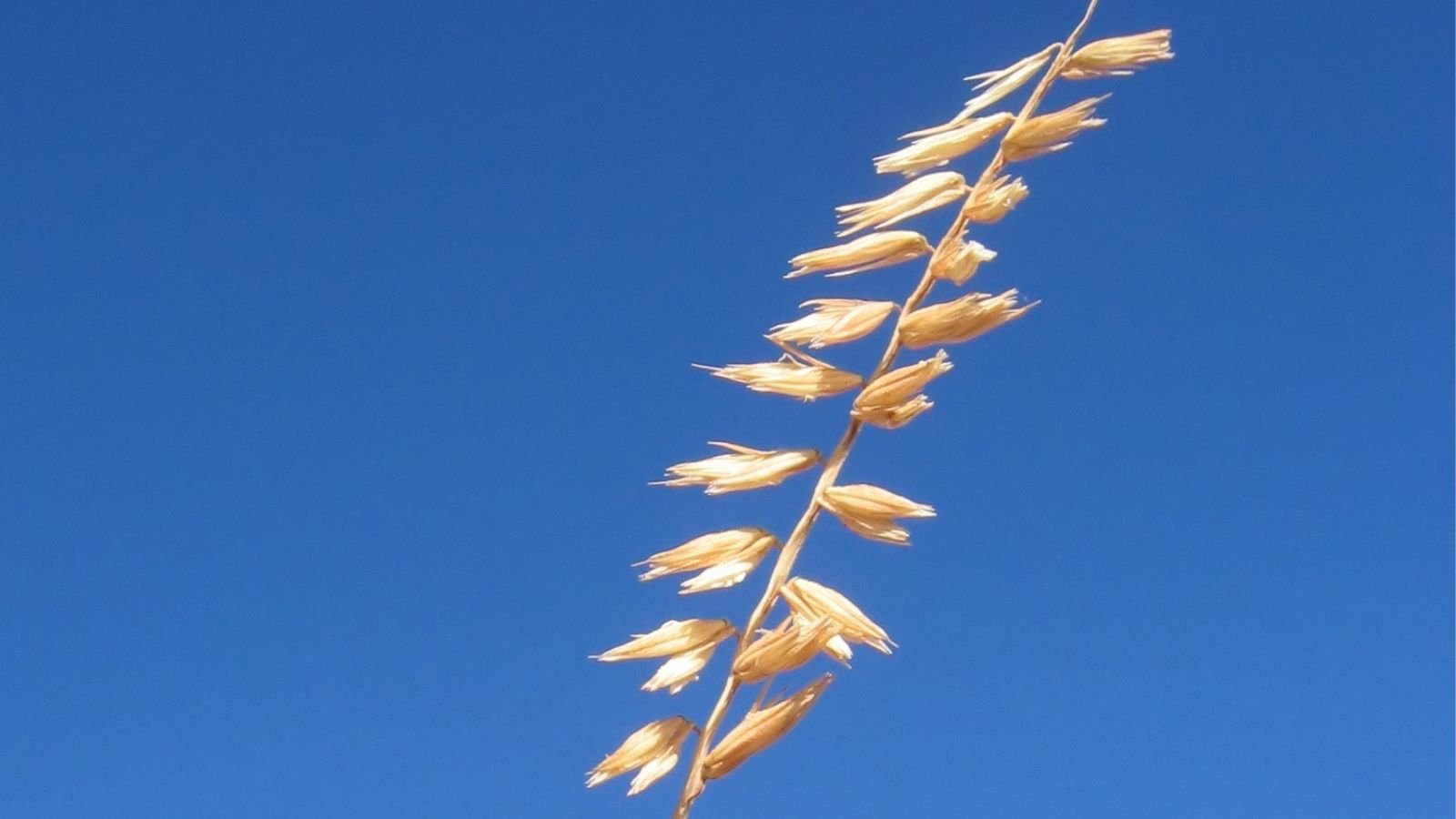 You’ll find these natives growing across North America.
You’ll find these natives growing across North America.As a perennial native, sideoats grama grass is a great addition to any garden or wild area across North America. Its range extends throughout the continent. Like other native grasses and forbs, its roots reach deep into the earth. Near the soil surface, the grass reproduces via seed and short creeping rhizomes.
Its leaves are wide, with a zig-zag inflorescence that has small spikes that dangle from one side (thus its common name). When not in flower, identify this grass via the hairs spaced evenly at the margins of each blade.
Native Area
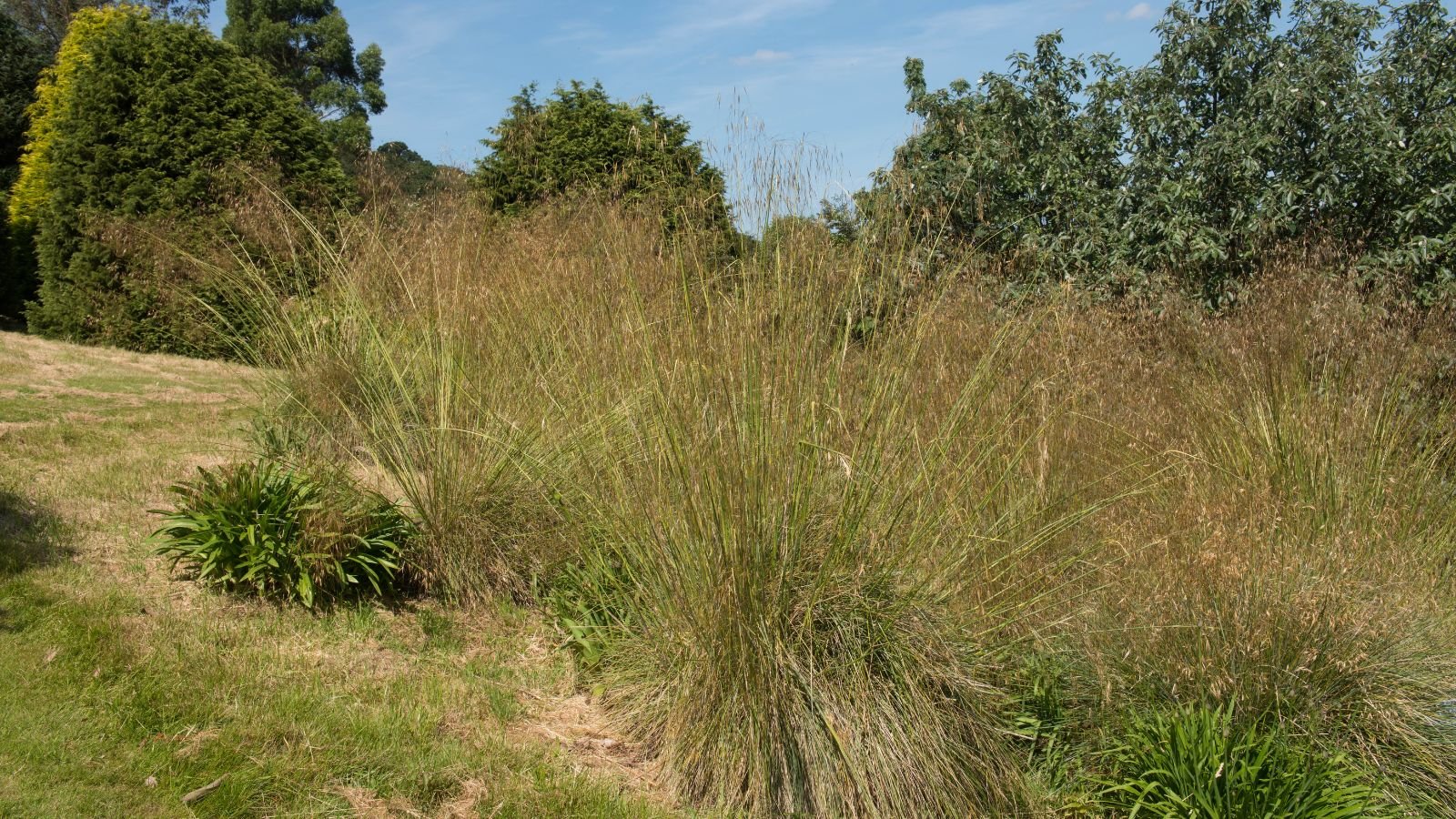 This grass is considered endangered in several states.
This grass is considered endangered in several states. Sideoats grama grass is native to the majority of North America, all the way north to south-central Canada, and as far south as Argentina. It is listed as an endangered plant in Connecticut and New York, and a species of concern in Kentucky. In these areas, gardeners can help preserve this important species.
This grass is a host plant for multiple species of skippers, and its seeds feed foraging songbirds in winter. Its dry blades are nesting material for birds, too. You’ll find this species largely in the Great Plains in dry soils.
It prefers calcareous and rocky soils and grows naturally alongside little bluestem and blue grama grass.
Planting
Native grasses are often sold at native plant nurseries. However, you may have luck finding transplants at big box stores. If neither is an option for you, find seed at a North American native seed retailers online or from your local Native Plant Society.

Transplanting
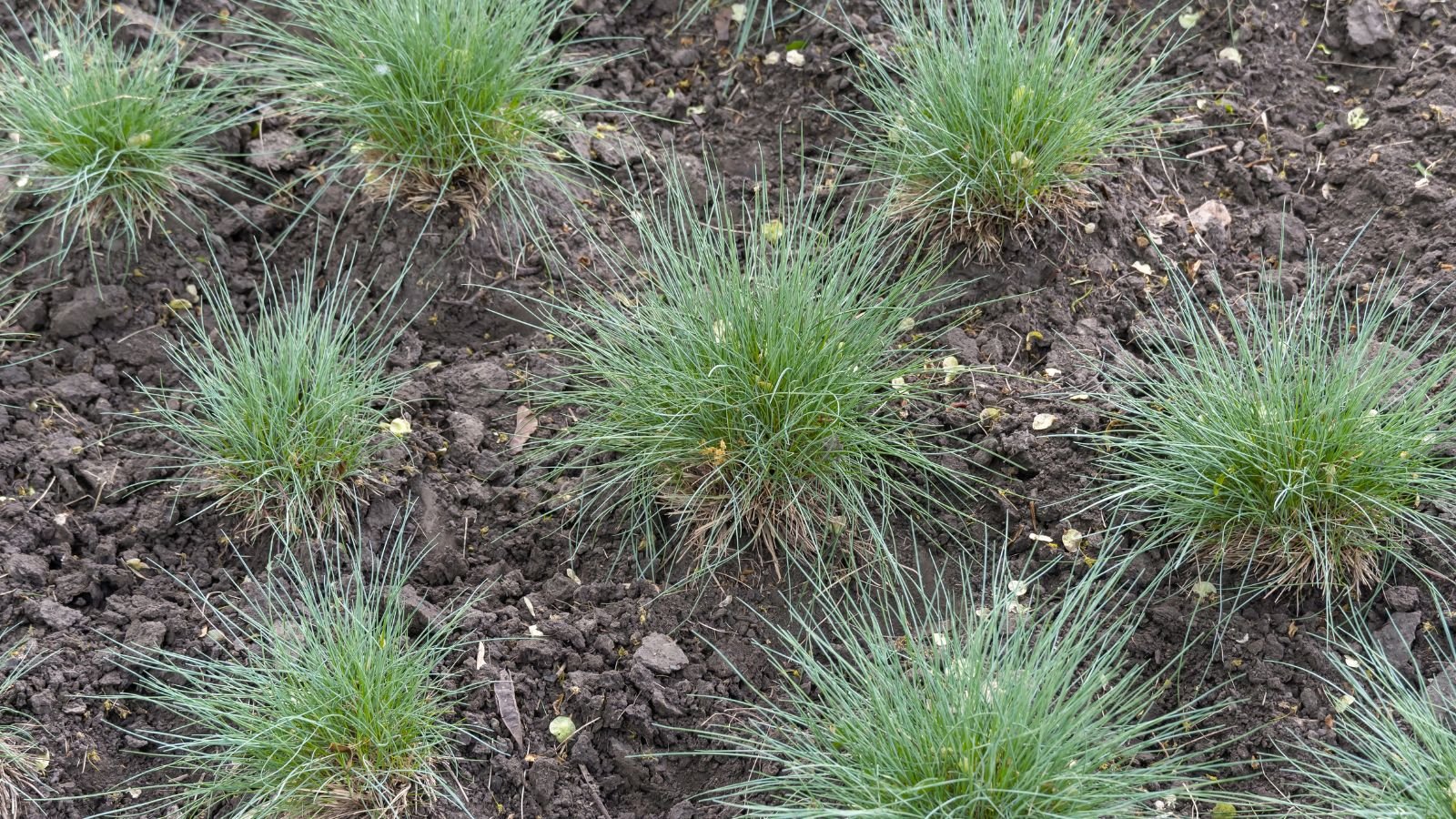 Choose a full sun location when planting.
Choose a full sun location when planting. If you find a potted specimen, you’ll have to take some steps to transplant it into your garden. Find a full sun area, or a large container (at least a three to five-gallon to accommodate its growth). If you’re planting in the ground, look for a spot where your grass can spread out.
To plant, follow these guidelines:
- Dig a hole just slightly wider and as deep as the root mass.
- Lean the potted sideoats grama grass on its side and press into the sides of the container to loosen it from the nursery pot.
- Gently remove the grass and inspect the roots. If you see extensive root binding (70% root mass to soil), take a hand saw and saw off the bottom inch.
- Saw into the root mass about an inch inward, across its diameter in an X pattern. This encourages new roots to sprout after planting.
- Place the root mass in the hole, and backfill with soil.
- Use your foot to compress the base of the plant into the backfilled hole. This ensures root contact with the soil.
- Water the grass in, and fill any depressions that result with more soil.
Growing from Seed
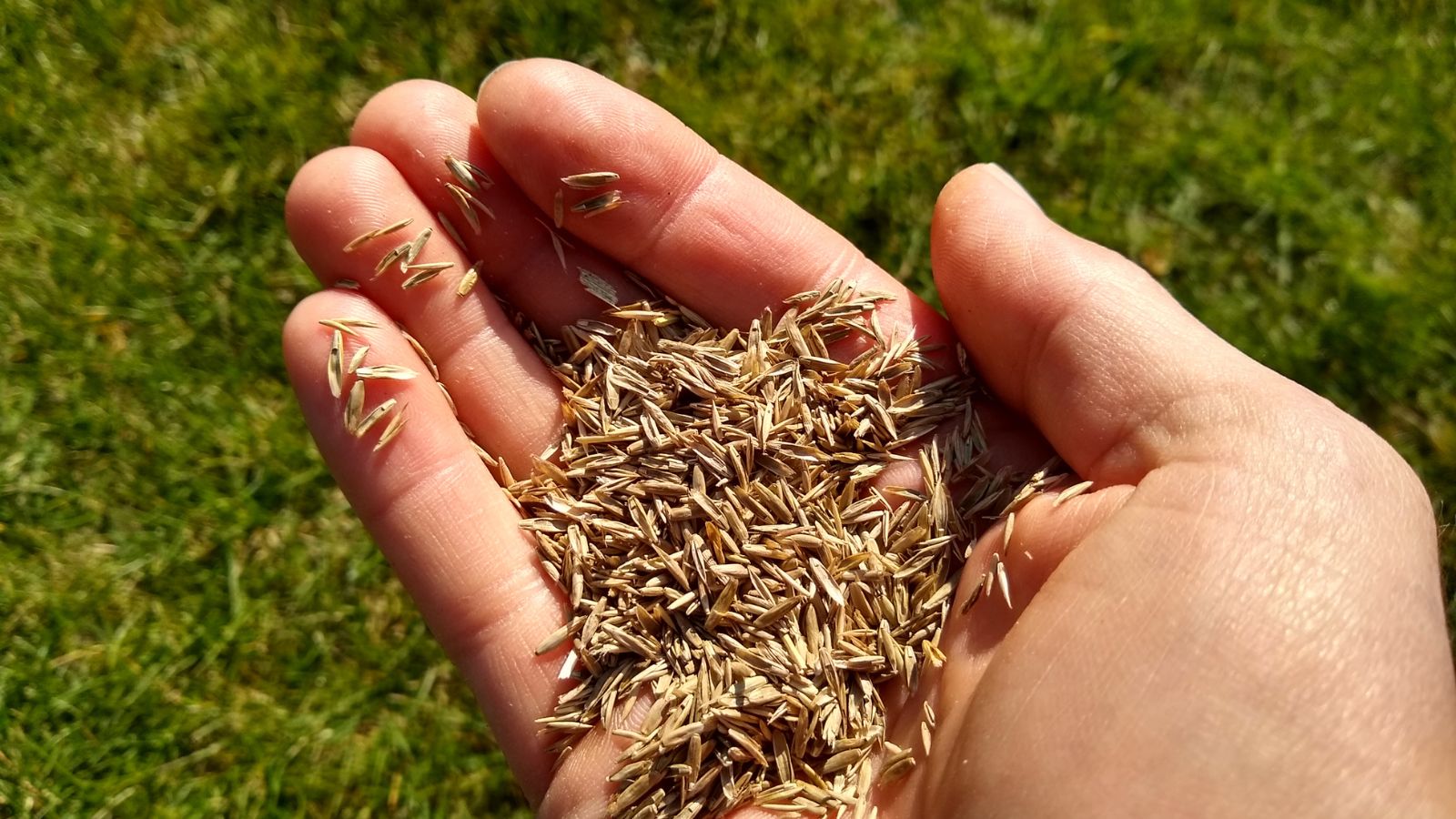 These seeds should be planted in spring.
These seeds should be planted in spring. While seeds can be broadcast in fall, warm-season grasses don’t need cold stratification like other natives. Sow your sideoats grama grass seeds in spring after the last frost. You can combine the light seeds with agricultural sand or sandy soil to ensure they don’t blow away after you sow them.
You can also sow them indoors a few weeks ahead of the last frost. Use flats or seedling trays to do this. Gather your seed starting supplies, including a heat mat, and press the seeds into the surface of your soil. You don’t need rich soil to grow this grass. It prefers lower nutrient media for starting.
Keep seedlings in a warm area, and harden them off before planting them out in spring.
How to Grow
Once you’ve planted your sideoats grama grass, there’s not much you have to do to keep it happy and healthy. The best thing you can do for this native grass is plant it in the right conditions and give it a little attention once per year.
Light
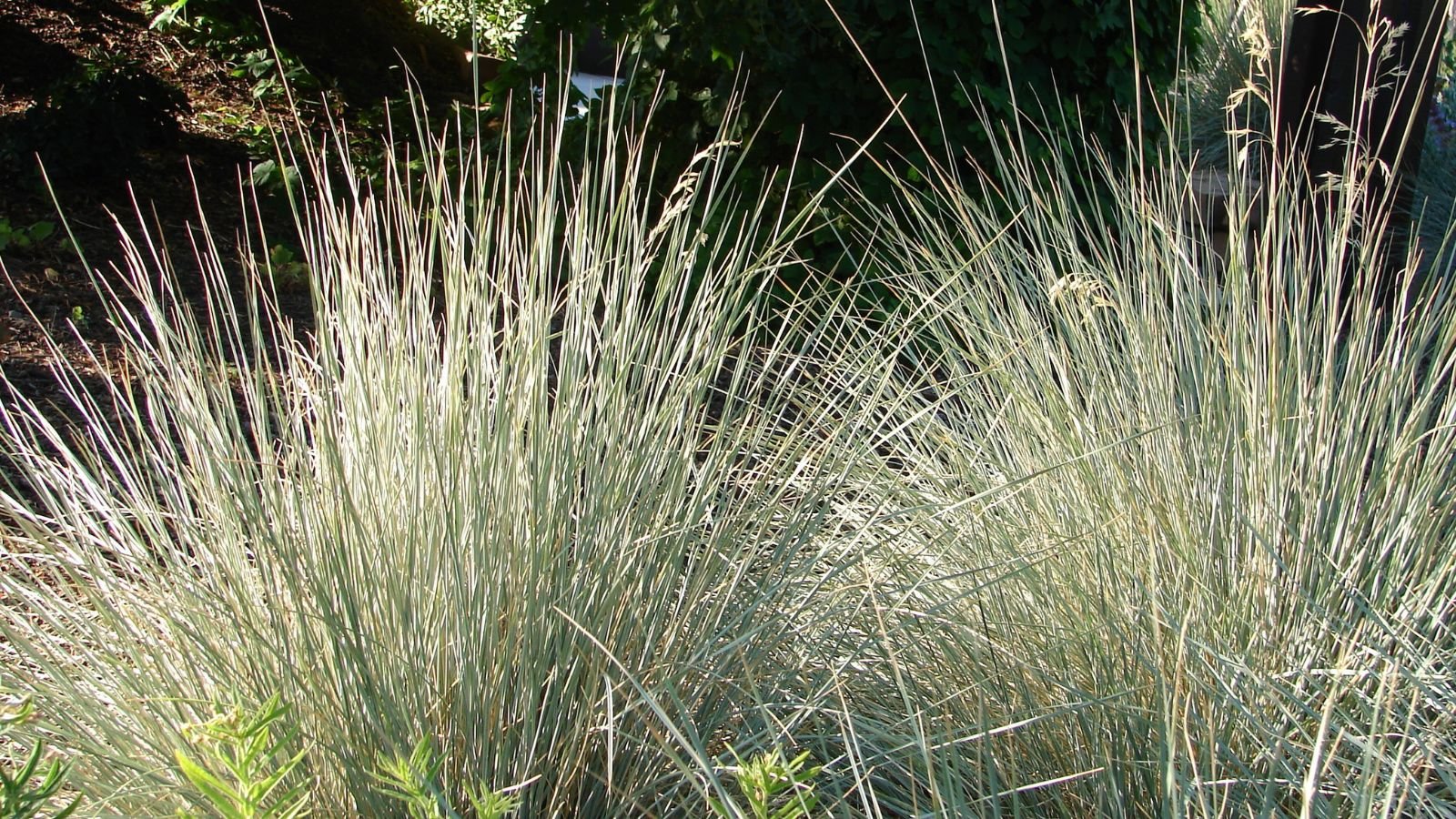 Aim for around eight hours of direct sunlight per day.
Aim for around eight hours of direct sunlight per day. Sideoats grama grass needs full sun, with at least six to eight hours of direct sunlight per day. It’s a hardy grass that prefers scorching sun, unlike more supple grasses. It doesn’t experience scorching or sunburn, so plant it in your most glaring garden areas.
Water
 These drought-tolerant grasses don’t need much water.
These drought-tolerant grasses don’t need much water. As you’re getting your grass established, it needs regular water. Watering every couple of days for the first few weeks after transplanting is a good idea.
There’s no need to water after that unless you’re growing in a container. In that case, check the soil to see if it is moist several inches below the surface. If not, add some water. If so, don’t!
As a rocky soil lover, ensure you do not waterlog your sideoats. Let nature water the grass for you after it’s established.
Soil
 The should should drain quickly.
The should should drain quickly. Rocky soil is perfect for sideoats grama grass. Clay, calcareous, or sandy soils work too. Plant in an area that isn’t amended with compost, as it holds too much moisture for this grass. Sloped areas are great, and sideoats will prevent erosion in these areas. Ensure the soil is well-draining to keep your clumps healthy.
Temperature and Humidity
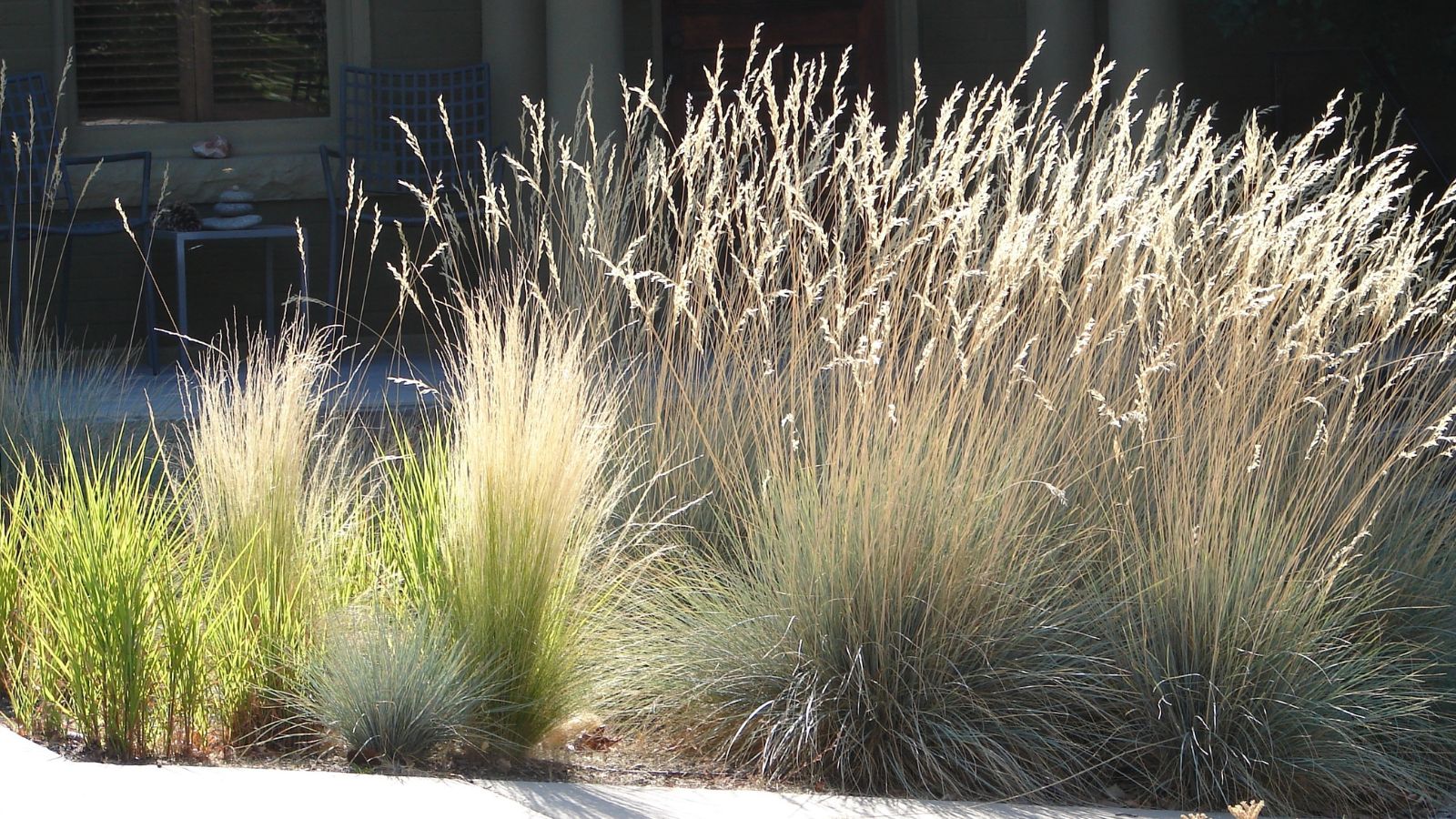 This grass can handle scorching heat.
This grass can handle scorching heat. Heat and cold are no problem for sideoats grama grass. It grows readily on prairies in the dead heat of summer, surviving during scorching triple digits. It may brown and die back in freezes, but all the way to zone 4, it remains root hardy and returns in spring. Grow this grass as a perennial in zones 4 through 9.
Fertilizing
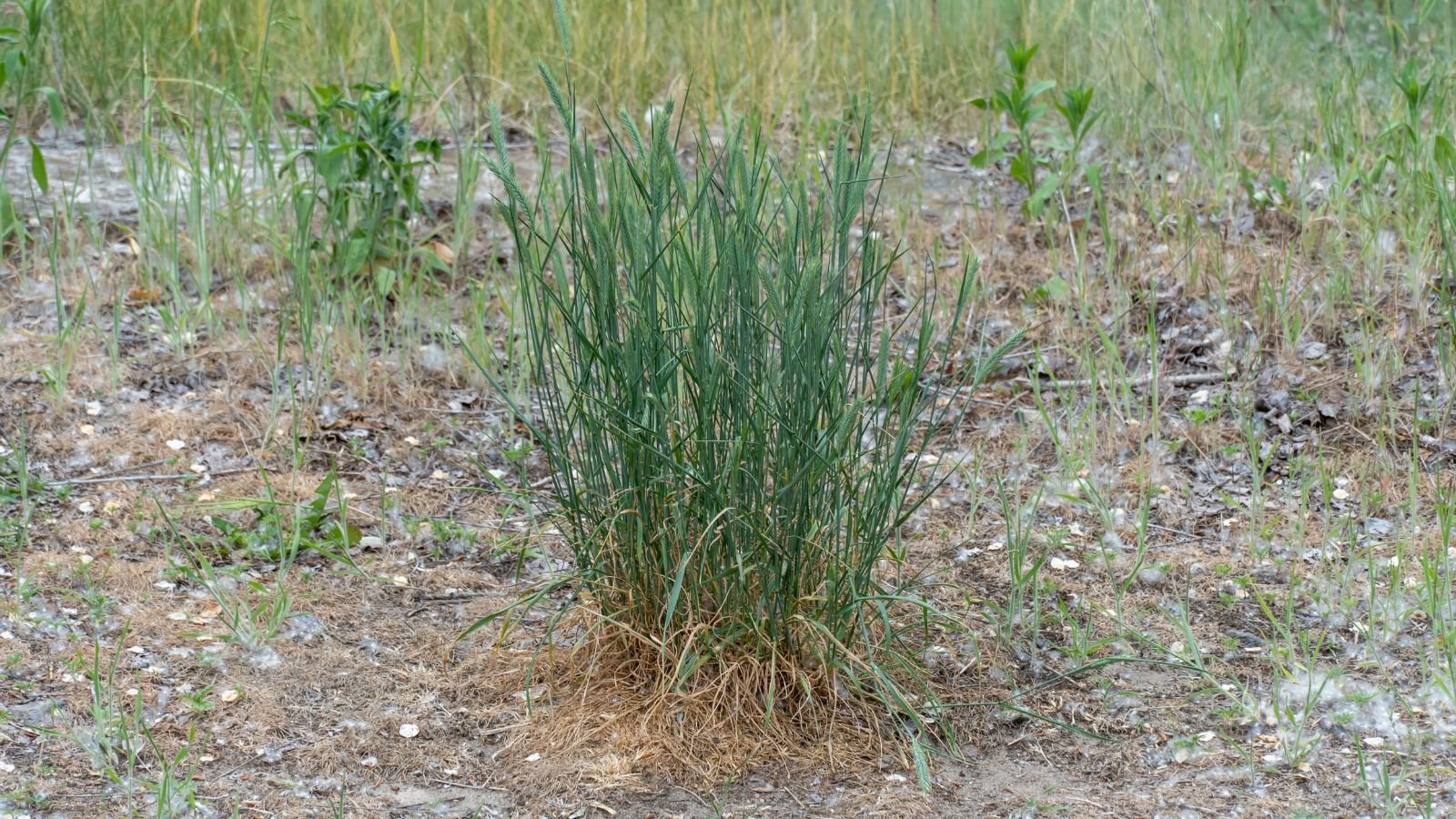 For the best results, skip the fertilizer.
For the best results, skip the fertilizer. Even in containers, do not fertilize this grass. It has adapted over centuries to be as hardy as they come, thriving in soil that lacks nutrients. Adding extra nutrients will dampen its performance, reduce its vigor, and shorten its overall lifespan.
Because this grass is threatened in its native range, give it everything it needs to flourish! And leave the fertilizer for other plants.
Maintenance
 Most of the maintenance involves general tidying.
Most of the maintenance involves general tidying. Sideoats grama grass doesn’t need a ton of maintenance. However, as its dormant season draws to a close in early spring, you can gently rake the clumps with your gloved hands. This removes dead foliage and prevents growing problems at the center of the crown.
You can also cut back the entire clump just before spring arrives. Do this a week or two before the last frost of winter. This is another way to keep the clump healthy and avoid crown death. However, it is a more drastic method that could disturb overwintering insects.
In spring, as new green growth begins, you’ll want to divide your clumps. More on that in a second!
Propagation
Sideoats grama grass is best propagated by seed and through division. Seeds are sown in spring as soil temperatures warm, and division occurs around the same time. You can alternatively divide in fall if you live somewhere with a mild autumn.
Division
 Split clumps every few years to replant.
Split clumps every few years to replant. When new green growth begins, grab a shovel and dig around the outside of the crown of your sideoats clump. Gently unearth the roots and dust away the soil. Inspect the root mass and use a hori hori to saw through areas where rhizomes indicate separate root masses. Then plant them into your desired areas of the garden.
Popular Varieties
There are a ton of awesome varieties of sideoats grama grass. Here are a few notable ones.
‘El Reno’
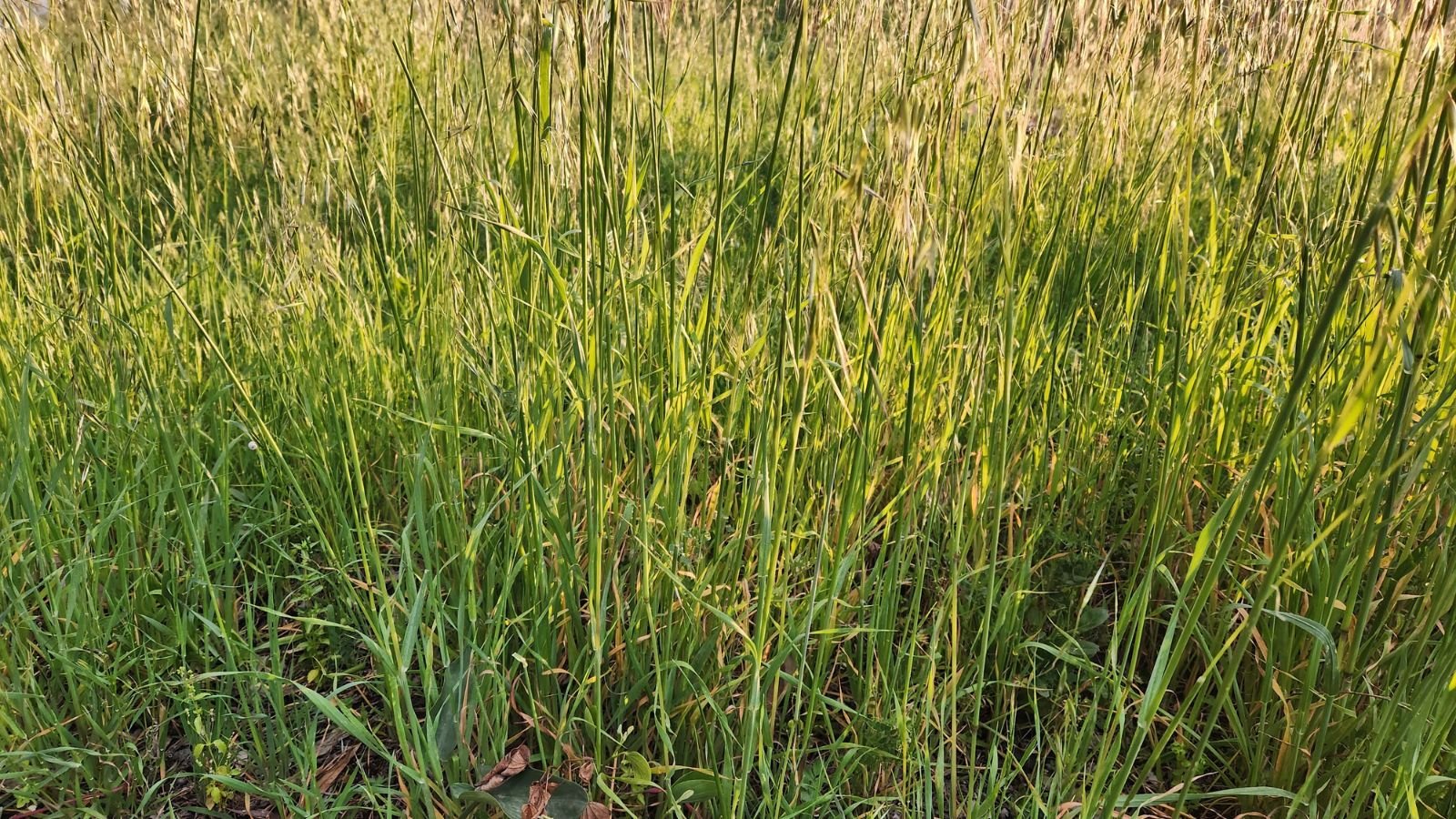 This variety is great for cooler regions.
This variety is great for cooler regions. Originating in a field in Oklahoma, this grass was collected in 1934. It was released in 1944 as a plant that offers leafier forage and exemplary disease-resistance. It handles cold weather like a champ.
‘Premier’
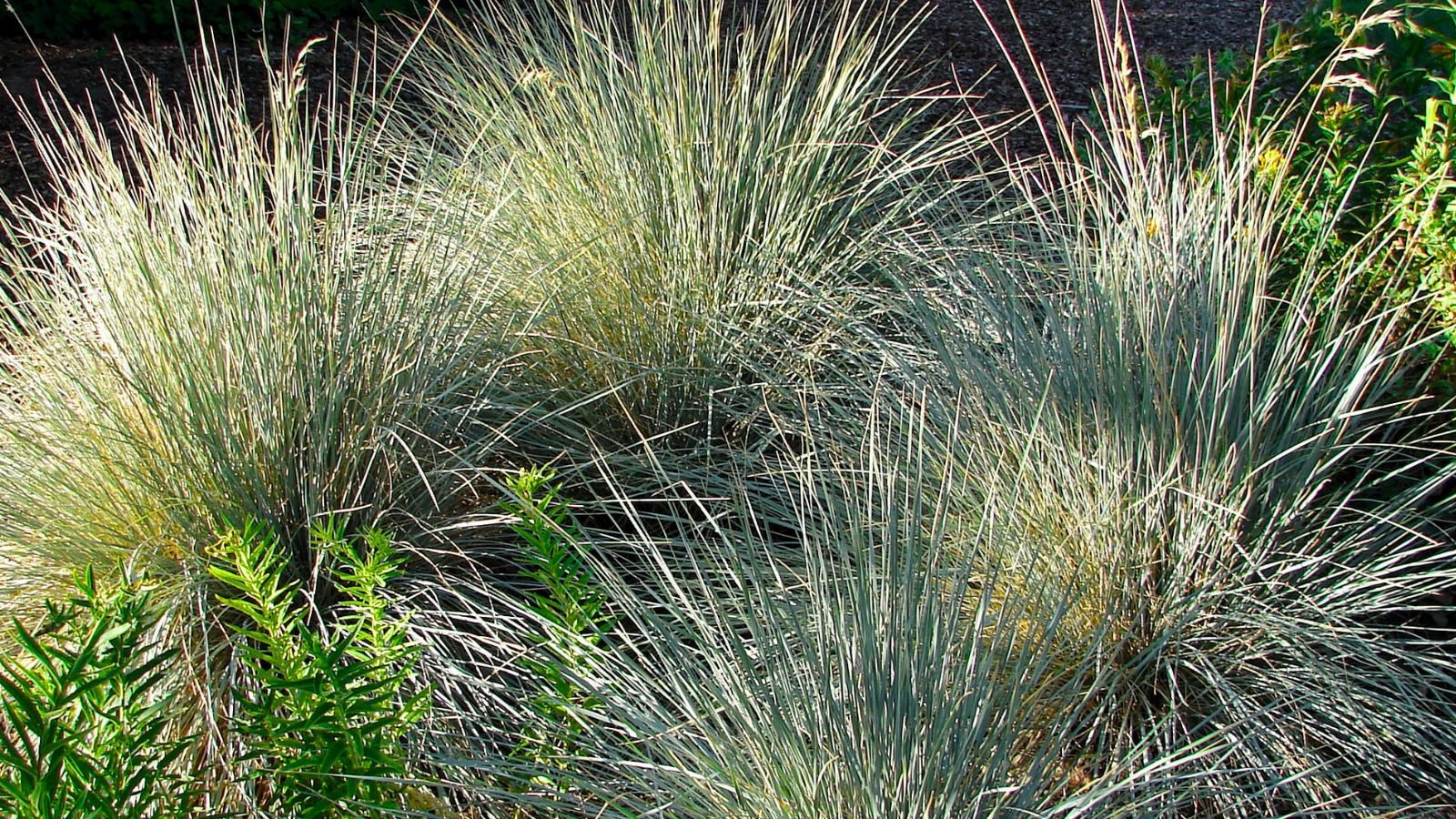 A variety that is over 70 years old.
A variety that is over 70 years old. This variety of sideoats was collected between Cuauhtemoc and Chihuahua in 1953. It exhibited good tolerance to dry conditions and high-yielding seed. Its leafy clumps are more erect than the straight species.
‘Trailway’
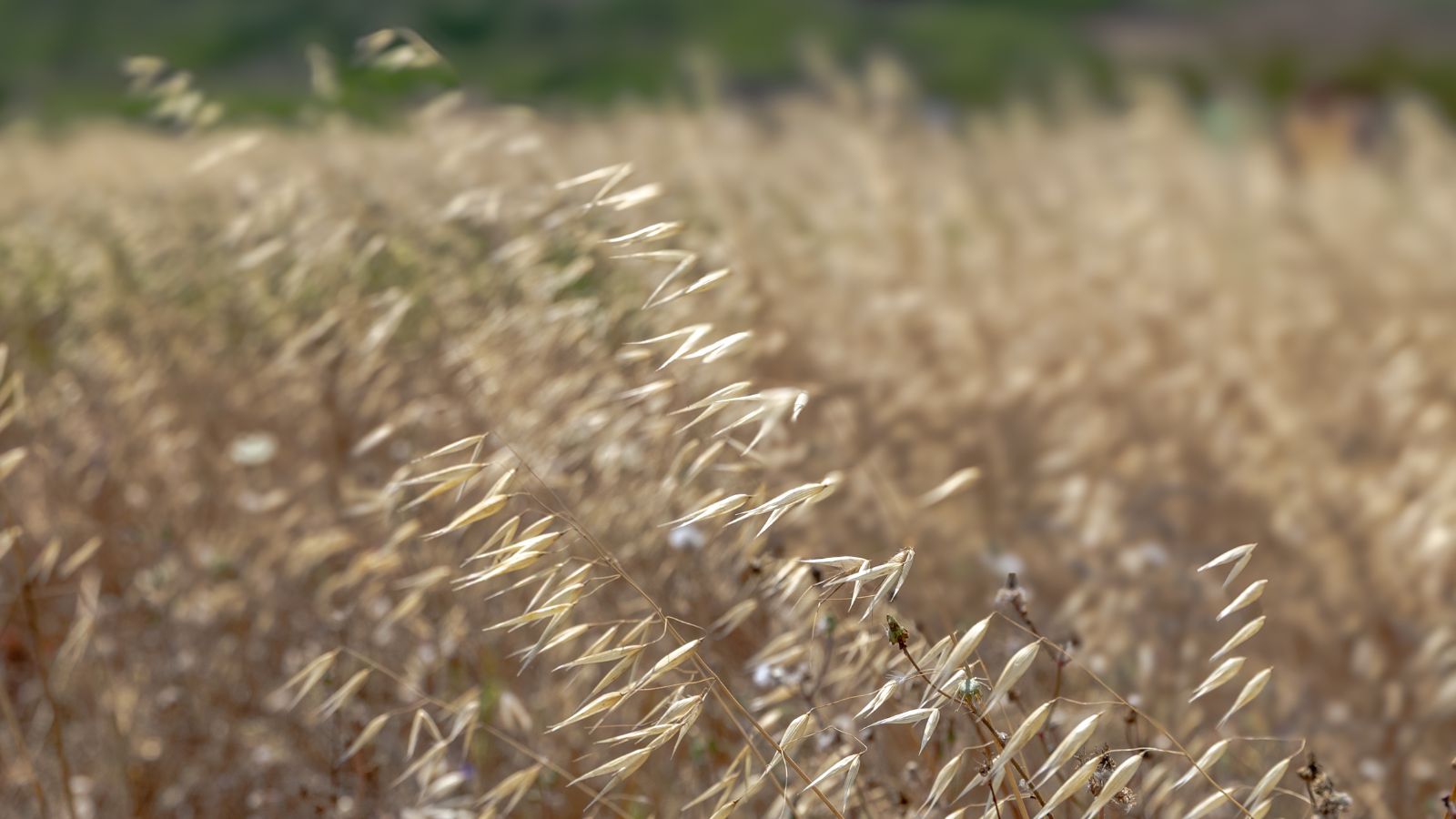 Choose this option for areas with a long growing season.
Choose this option for areas with a long growing season. Collected in Nebraska in 1953, ‘Trailway’ was released as a long-lived winter forage plant in 1958. Its flowering heads are semi-indeterminate, and it has a late-maturing nature. This variety needs a long growing season to thrive.
Common Problems
None of the following problems is of great risk to sideoats grama grass. However, keep an eye out for these and take action when necessary.
Pests
 Grasshoppers are the only major pest of this grass.
Grasshoppers are the only major pest of this grass. The only pest that has been known to chomp on sideoats is grasshoppers. There aren’t many things you can do when a grasshopper population gets out of hand, though. As long as your stands are well-established, there’s no problem with a few nibbles here and there. Shelter seedlings in grasshopper-prone areas.
Diseases
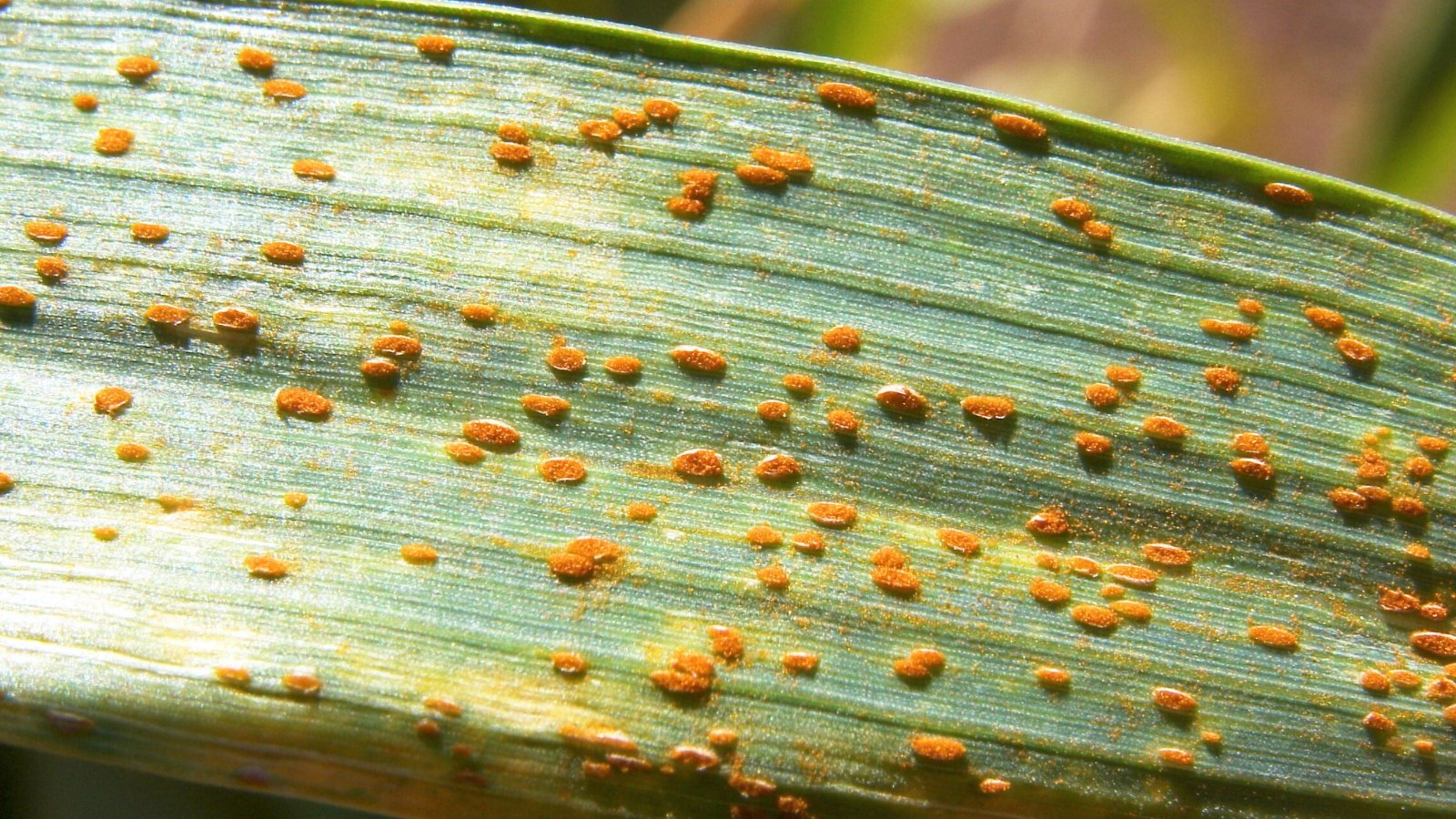 If you live in an area with high humidity, rust is a risk.
If you live in an area with high humidity, rust is a risk. If you plant your sideoats grama grass in soil that holds too much moisture, conditions for root rot pathogens can set in. Always plant this grass in a freely draining soil that doesn’t have too many nutrients. Sandy, rocky, or limestone-laden soils are perfect.
Rust can be a problem in areas that are humid. If you know rust has been an issue in your garden in the past, plant sideoats as a specimen with space around it. Look out for blades with rust colored fungal growth in mild seasons. Remove them as needed.
Frequently Asked Questions
Stands of the grass don’t grow beyond three feet tall. Expect yours to top out at just under three feet at full maturity.
If you want to cut back your clumps, do so at the end of winter, a couple of weeks before your last frost. It’s more ecologically friendly to overwintering insects to rake the plants in early spring, however.
This is warm-season grass that can handle cold weather easily.


 2 days ago
16
2 days ago
16

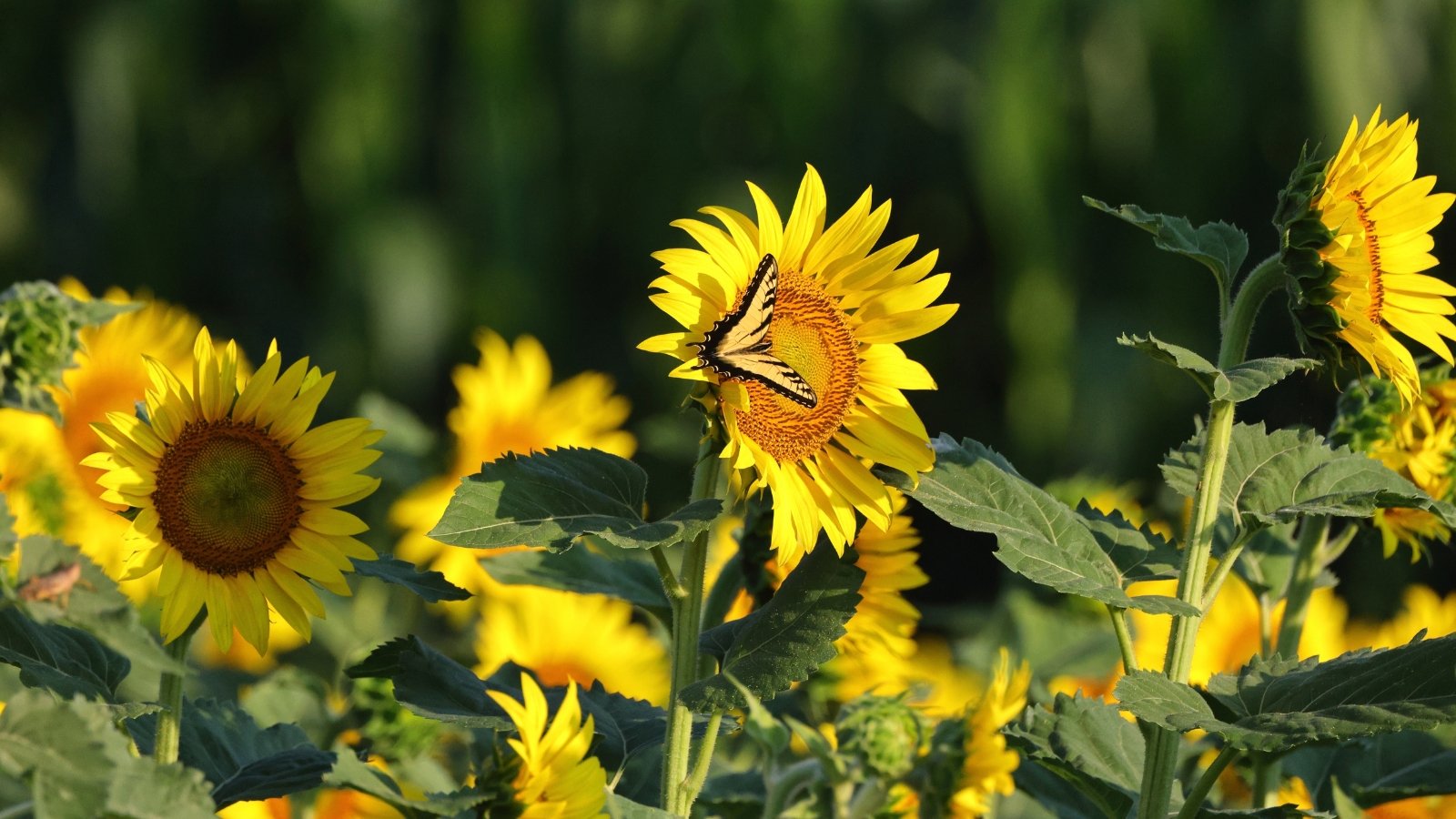
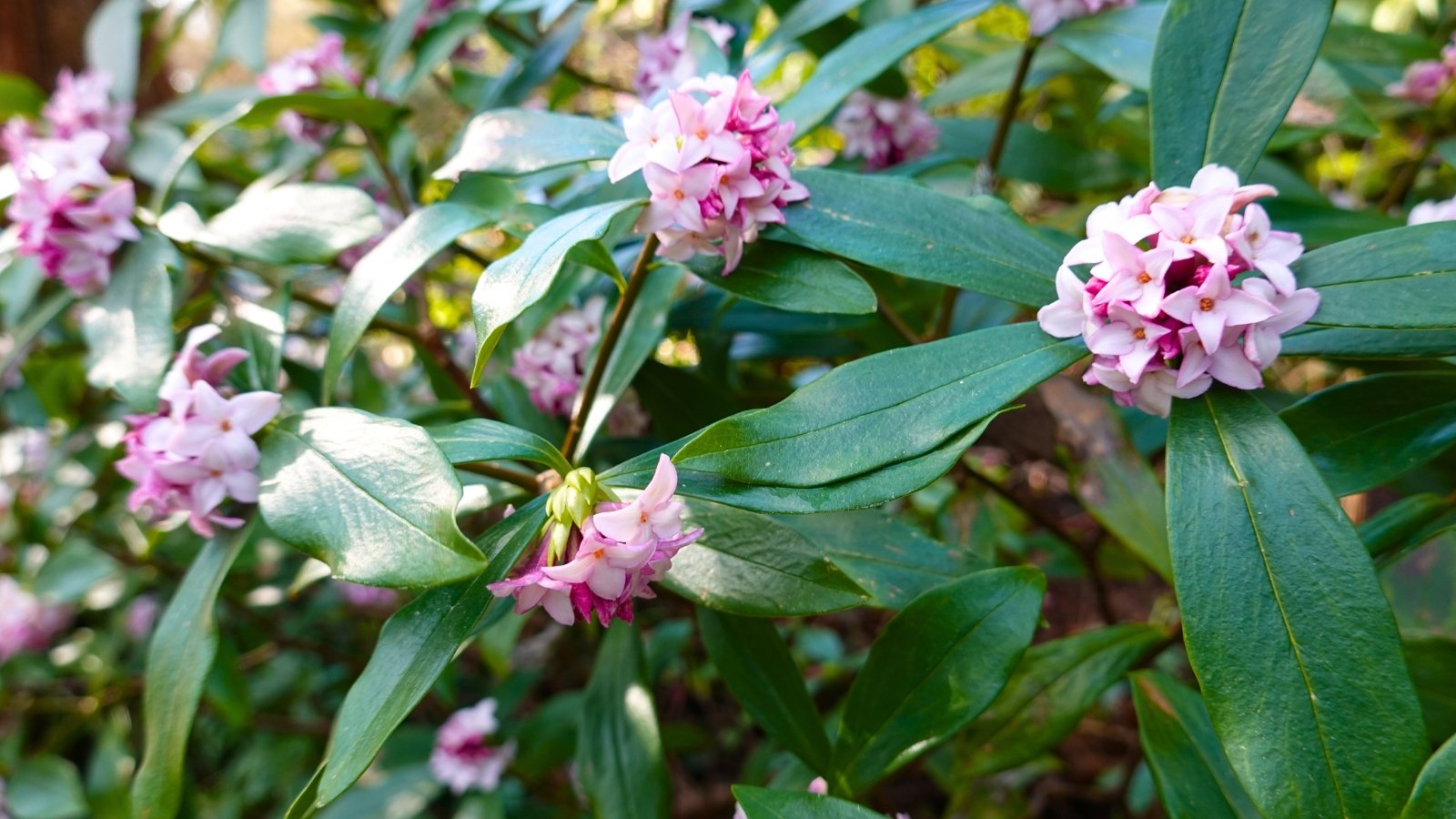

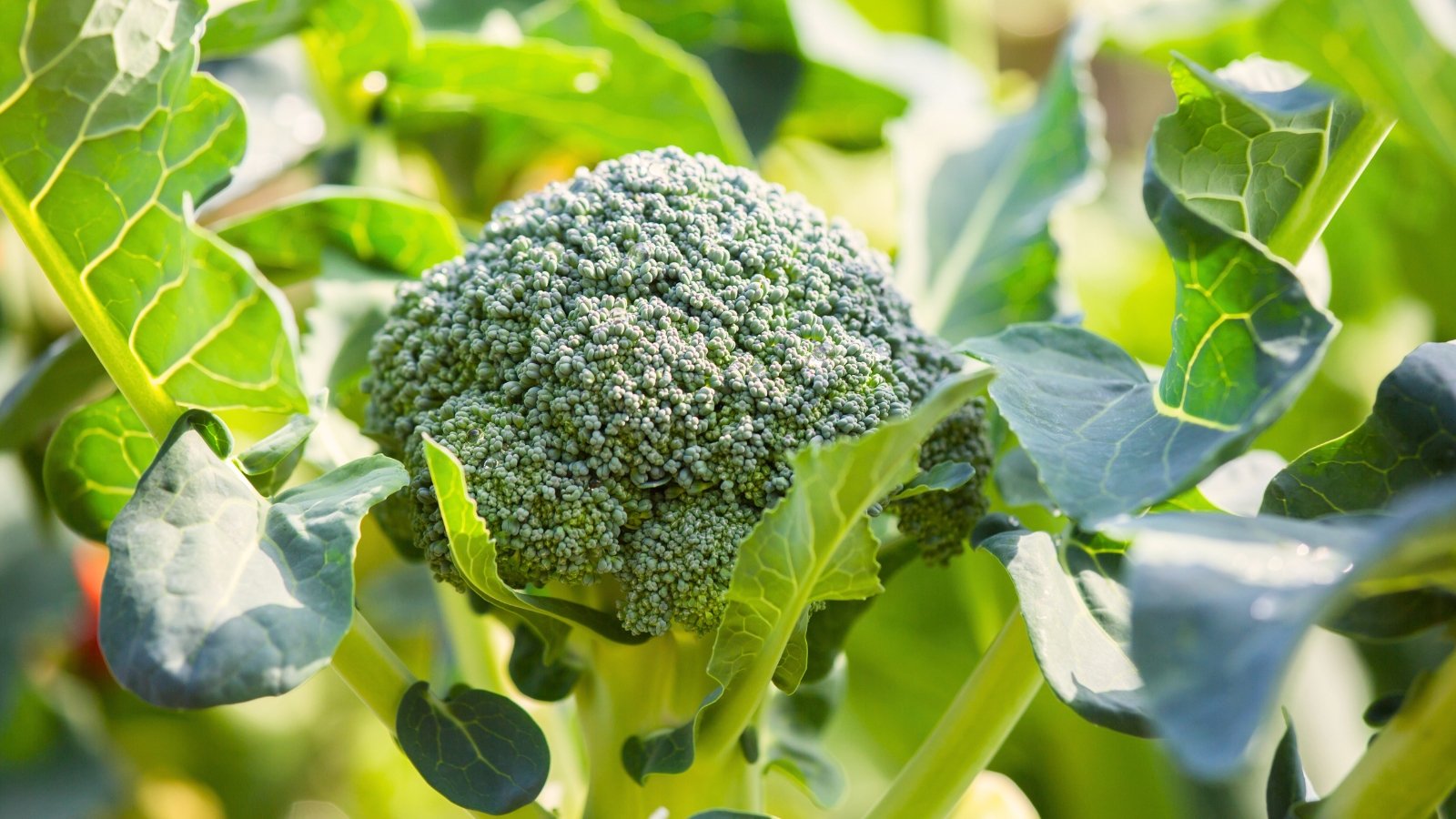

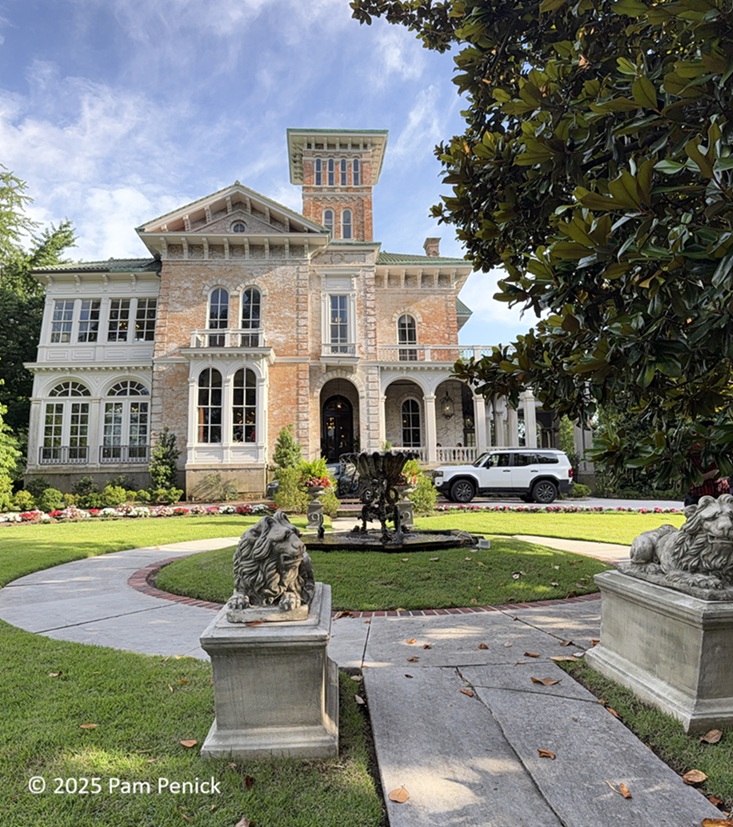














 English (US) ·
English (US) ·  French (CA) ·
French (CA) ·